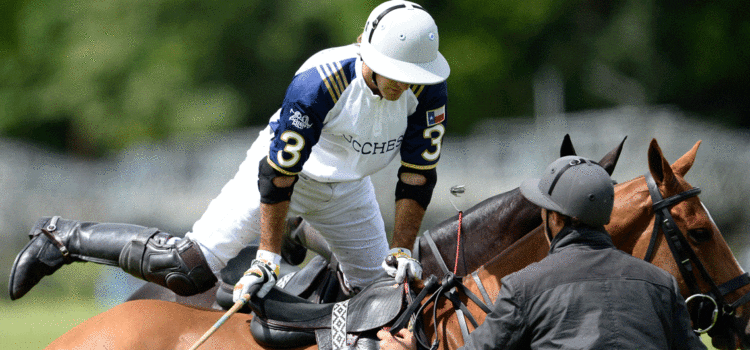Mid-chukka pony swaps raise costs while welfare and horsemanship suffer, reckons PQ editor Aurora Eastwood
Photos: Images of Polo
In the not so distant past, one pony was played for a whole chukka. At all levels of polo, from the Open right down to the bottom. It was part of the skill; use your riding ability to judge when to run your pony and when to give it a breather. As the great former 10 goaler Marcos Heguy (pic below) said, when he played the Open it was embarrassing to change ponies. Embarrassing for the player, his groom and his whole organisation. Ponies often played two whole chukkas in the Open. He was speaking in La Nacion, lamenting the plague of multi-pony changes.
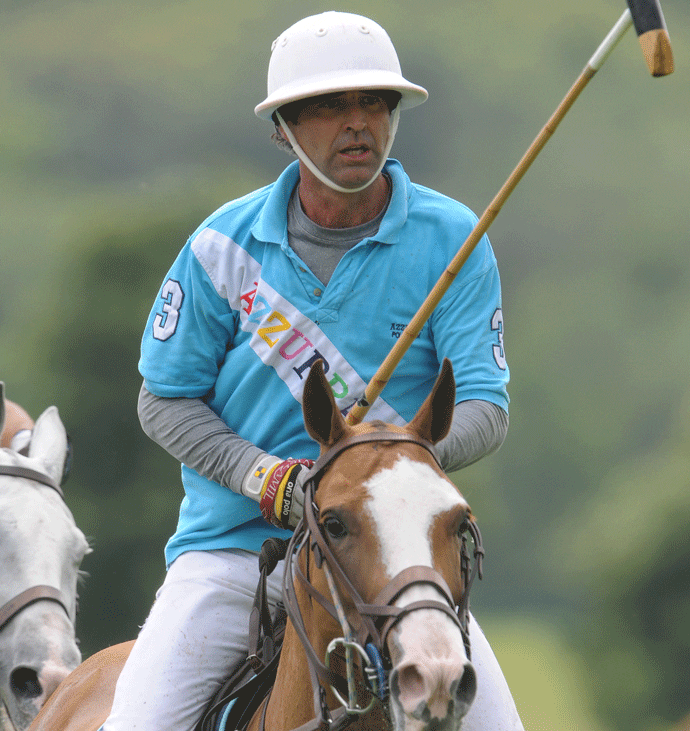
Marcos Heguy – 10 goal legend
How things have changed. Ponies began playing for just half chukkas, then only for a third of a chukka. Stamina was no longer important. The value of good horsemanship was diluted. Ponies that didn’t have the temperament for polo were now being played, because when they got too ‘hot’ they could be quickly swapped. Ponies could be used as battering rams for blocking because when they were tired from the pummeling and stop/start, they could be changed. Ponies that won’t stay sound can be played for just a few minutes at a time. Is this in the best interests of the sport, or of the ponies? We don’t think so.
It’s not just a welfare issue. Games take ages as inevitably play is stopped at some stage for a free change, or players deliberately stall after a penalty to allow fellow team members to change. When this happens multiple times per chukka, it’s boring to watch and games run over the allocated times.
The style of polo has changed too. It’s slower. There is much more emphasis on short plays and possession; this involves much more stop/start and changes of direction – much more tiring for the ponies – so they get changed. The games don’t flow and they aren’t as quick. It’s about a few star players and not the team. Look at the high goal of a couple of decades ago – they went flat out. It was exciting. The current style of polo is less fun to play and is definitely less fun to watch.
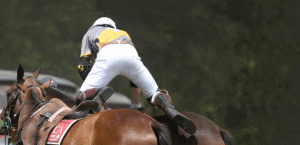
It affects the horses being bred for polo too. They don’t have to last a whole chukka, physically or mentally. They don’t need to be as robust. These are desirable traits, and we could be losing them.
Finally – and arguably most importantly for the game, if not for the ponies – multiple mid-chukka changes have caused the cost of playing polo to skyrocket. Horses are expensive to buy and run, very expensive. The more you have, the more it costs. Pros then have to charge more. So their patrons have to pay them more, and pay more themselves for their own horses. Amateurs can no longer compete if they ‘only’ take four horses to a low goal game.
The PQ prescription? Ban the changes!
In the ‘good old days’ you could only change in the event of genuine injury or a horse out of control. By bringing that back, rigidly, the game will only improve. Costs will go down, fun will go up, unsuitable horses will be weeded out of the game.
Polo is the only horse sport in the world that permits the changing of one’s mount mid-competition. The predominant skill and challenge in equestrian sport is that of horsemanship; preparing a horse fully for the task expected of it, both physically and mentally. If it becomes evident that the horse is not suitable on either basis, it is retired or redirected to another, more suitable sport. Imagine a jockey switching to a fresh horse mid-race. A dressage rider switching to a different horse for the tempi changes. An eventer riding three different horses for all three phases. No, you can’t imagine it, because it is ridiculous and would never happen. And yet in polo we do let it happen. By banning changing we bring back the skill of horsemanship, improve welfare, raise standards, lower costs and make the game flow again.
The counter-argument
Proponents of changing ponies mainly cite welfare. They predict exhausted ponies, or ponies that can’t play a whole chukka because they will go lame or go through the bridle. As for the latter – well, they should not be playing polo at all. As for the former – an extensive 48-pony study carried out by vet Alyssia Flander at Kirtlington polo club found that ponies that played whole chukkas had lower basal heart rates and faster recovery times than ponies that did two half chukkas. What does this mean? It means that ponies that play full chukkas are fitter than ponies who play two half chukkas. In other words, play full chukkas and your horses will be fitter than if you only play them half chukkas. Fit ponies are less likely to have fatigue related injuries or heart attacks. That’s not conjecture, that’s science.
Is anyone doing it?
Yes, actually. The All-Pro Polo League, run by Javier Tanoira. One horse per chukka. The league has now caught on to the extent that there are APPL tournaments being run by the Argentine Polo Association. After a successful demo in the UK this summer, there are plans to expand here too. “20 years ago, polo was faster than it was now, and ponies played a full chukka, and in the high goal in Argentina the good mares played two full chukkas. The ponies didn’t tire – aside from anything, polo was a team sport, and now it has become more about the individual,” says Javier.
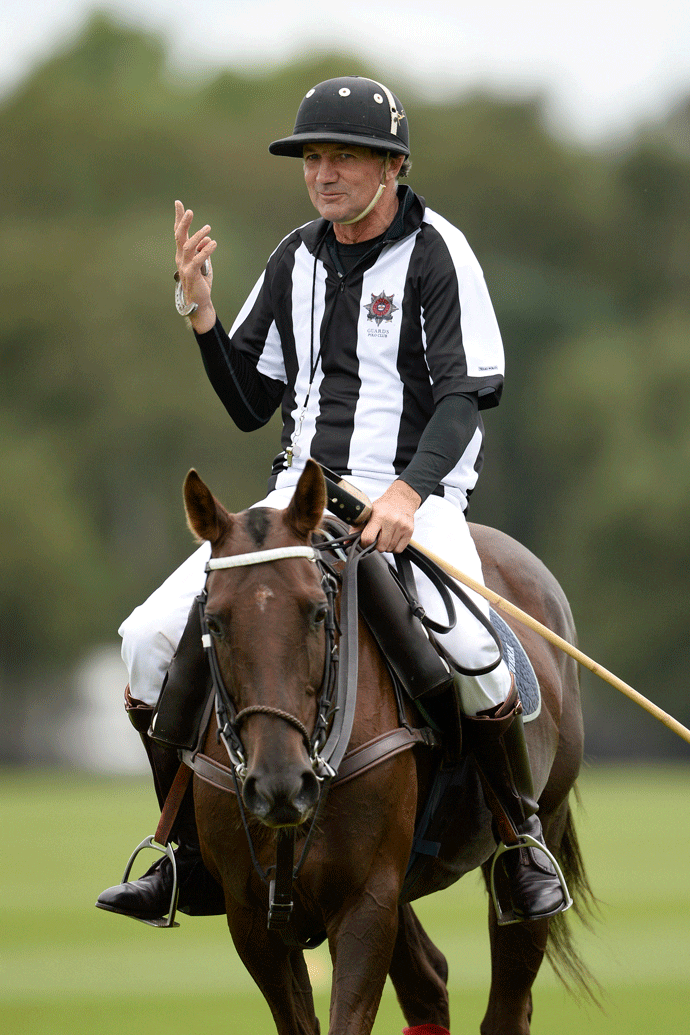
Guards Polo Club manager Antony Fanshaw
Guards manager Antony Fanshaw (above) also wants change. “The ball moves around the field much slower today because you do not have to pass the ball, just time your horse changes right during the chukka. This in turn creates a game where young players are used as blockers rather than ball players,” he says.
So does Horacito Heguy (below), the former 10 goaler and producer of top horses aimed at the Open. You’d think that from a business perspective he’d be all for pony changes, as he could sell more horses, but no. Speaking to ESPN in Argentina in November 2017, he said this:
“It is fundamental to limit the number of horses. Not just to level the teams, but to improve the game. They’ve tried to add all these rules (to improve the flow)… and reduced the length of chukkas because the players say the horses won’t last (a chukka).
“How can they not last? They still have a head, four legs and tail! There is not a single reason that they can’t last now if they did before. The reason is the style of play. However by reducing the number of horses a player can ride, it will obligate them to play as a team. They currently all think individually. The current style of polo is about the individual – the team loses importance, horsemanship loses importance.
“By limiting horses, the back will have to play back, the three will have to play three… and they will think about passing the ball in order to score.”
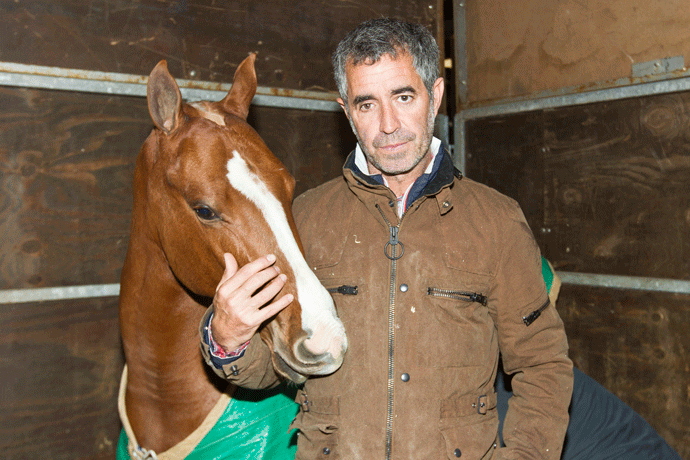
Horacito Heguy – wants limits
When asked what the magic number was, Horacito said 10 horses (bear in mind this is for 8 chukka polo). Translated proportionally down to UK low goal (4 chukkas) that would mean no more than 5 horses for a 4 chukka game. Sounds good to us, and so much so that I’ll be raising the issue formally with the HPA at the next opportunity. Meanwhile please let us know what you think via our Facebook page.
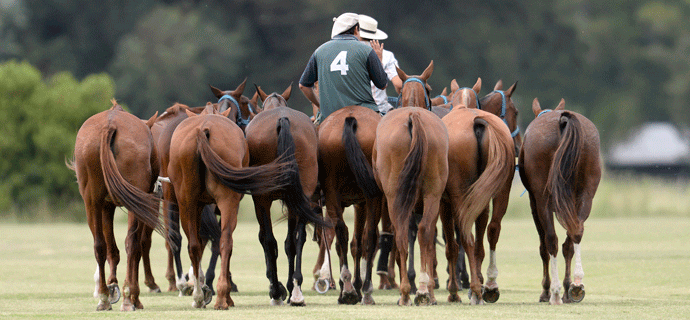
THE TRUE COST OF PONY CHANGE CULTURE
You don’t need PQ to tell you it costs a lot of money to keep a horse for a season.
£2500/season stabled at home, or rent at a cheaper facility
£5000-£6000/season plus to keep a horse in rented stabling at a premium club, and paying a groom. (Add on at least £600/pony to winter them, assuming nothing goes wrong. And something ALWAYS goes wrong!)
How much to run a string?
£50,000-£84,000 Most professionals are running 10-14 horses. That’s what it is costing to run those horses. Before a single game has been played or a mile driven. Ouch, right?
Savings with a smaller string
£20,000-£36,000 if you reduced your string by 4-6 horses. If changing was banned, players would play a whole season with fewer horses in work. Instead of 10-14, maybe 6-10.
Amateurs save too
It’s not just professionals who would save money running fewer horses. Amateurs who need six ponies to keep up with the ever-changing Joneses, could go back to having four ponies. £5,000-£10,000 saving per season.
These savings would make the game more affordable across the board. So isn’t it time for change by… not changing?
